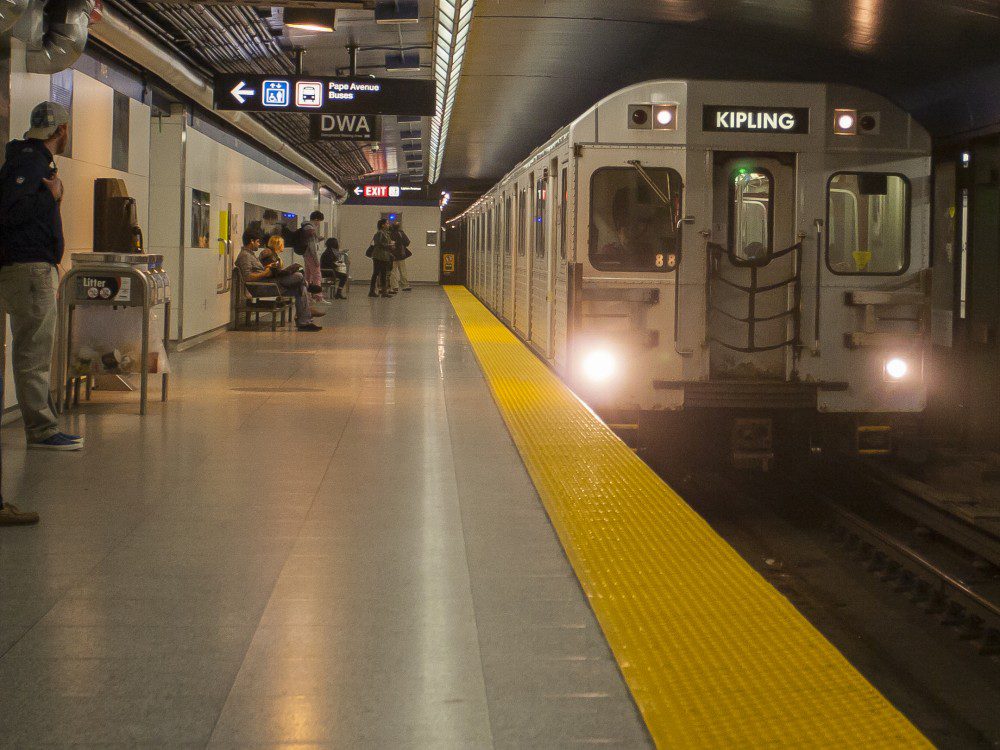By the end of 2016, new subway trains on the Sheppard Subway Line will have only one operator, but some critics question the safety of the system.
The TTC board approved a pilot project that would have one TTC operator controlling both the doors and train movement, instead of two.
Today, the operator drives the train while a guard operates the doors and ensures that the train safely leaves the station.
“There will be special cameras placed strategically to ensure all 24 doors (on six cars) are covered,” TTC spokesperson Brad Ross said.
With the new system, as a subway train enters a station, the platform’s closed circuit television (CCTV) cameras would appear on a screen in the operator’s cab. The CCTV screens will disappear after the train closes its doors and leaves the platform.
With the motion approved by the TTC board Thursday, the TTC will ask Bombardier to modify four new Toronto Rocket Trains to be used on the Sheppard Subway Line.
In a presentation to the board, TTC officials said this method is used in London, Paris and Montreal.
“It’s an inherently proven safe way of operating,” said Andy Byford, CEO of the TTC.
However, the union disagrees.
“We do not believe it is a safe practice,” said Bob Kinnear, president of the union that represents TTC employees.
“It’s important that you have another worker on that train,” Kinnear said. “It’s misleading to suggest that reducing the crew would improve safety.”
Kinnear said the current protocol for emergency situations relies on the fact that there are two operators on the train. Evacuation situations are a “co-ordinated effort between two people,” he said.
Mike Palmer, deputy chief operating officer of the TTC, said that the TTC would need to re-evaluate emergency train procedures.
“In a city this size … I don’t think it’d be safe,” said Brad Pugh, a subway operator on the TTC. “They may have cameras … but they have to look at signals too,” he said. He said he would feel unsafe operating a train with one operator in charge of all the tasks.
“If I pull out of the platform, at the next light, I still have one car in. What if somebody is still trying to get on,” Pugh said.
There were some commuters at Thursday’s meeting who were skeptical that the plan would work.
“It’s not good for disabled people,” said Emily Daigle, a regular TTC rider who uses a motorized wheelchair.
Daigle said she was pushed off of a subway platform seven years ago due to crowding. Because of this, she uses her motorized wheelchair to get around. “With crowds on the subway, it’s unsafe,” Daigle said.
The TTC assures that there will not be any job cuts due to the reduction of crew on a train. “Nobody would lose a job,” said Ross. “Operators will be moved to other roles.”
This modification will be in operation on the Sheppard Subway by the end of 2016. The TTC will evaluate this pilot project before implementing it on other lines.


